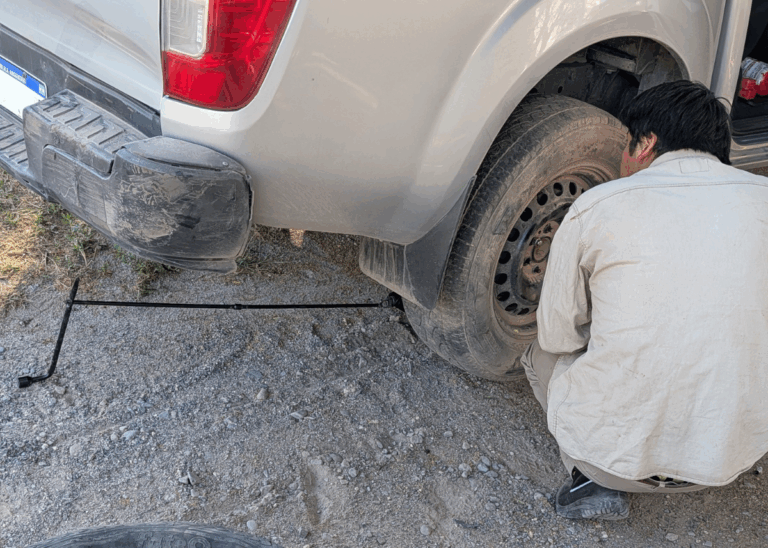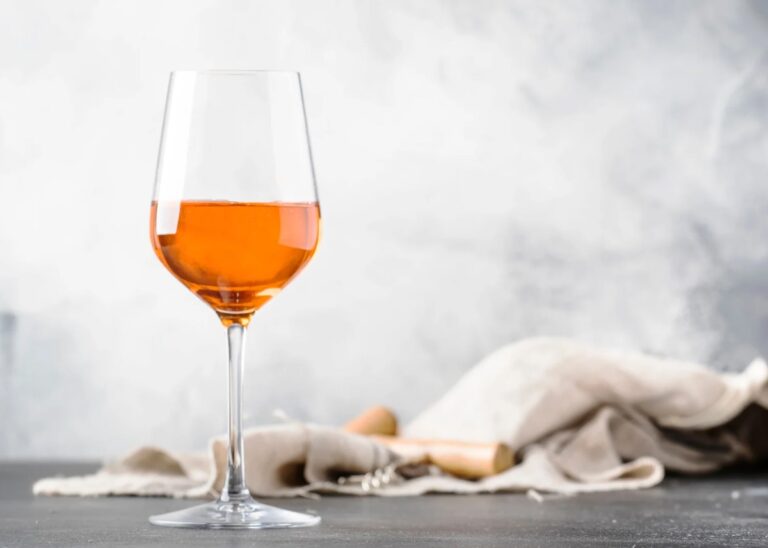[et_pb_section fb_built=”1″ _builder_version=”4.16″ _module_preset=”default” global_colors_info=”{}”][et_pb_row _builder_version=”4.16″ _module_preset=”default” global_colors_info=”{}”][et_pb_column type=”4_4″ _builder_version=”4.16″ _module_preset=”default” global_colors_info=”{}”][et_pb_video src=”https://youtu.be/BxwpVqybSno” _builder_version=”4.26.1″ _module_preset=”default” width=”75%” width_tablet=”85%” width_phone=”100%” width_last_edited=”on|phone” module_alignment=”center” global_colors_info=”{}”][/et_pb_video][et_pb_text _builder_version=”4.27.0″ _module_preset=”default” hover_enabled=”0″ global_colors_info=”{}” sticky_enabled=”0″]
Around 3-5% of all wines under natural cork could be suffering from “cork taint”… but how do you know if your bottle’s been affected? Julien Miquel explains…
Transcript:
00:00:00:00 – 00:00:22:15
Hello, bonjour, and welcome to your new Bonner Private Wines video, this channel where we learn weekly everything that you need to know about wines, is free to subscribe. If you want to learn everything that I know about wine. I’m sharing everything with you here. And let’s get into today’s topic. I want to show you give you the key facts and information.
00:00:22:15 – 00:00:46:06
So next time you have a bottle of wine, you can easily identify whether it’s corked or not. How do you know if a wine has been affected by cork taint? Let’s talk about it.
00:00:49:11 – 00:01:19:03
First off, any wine, white, rosé, red, sweet, sparkling, they can all be affected by cork taint. But what happens is that white wines and roses, more often than not, are corked under a plastic cork. Let’s call it. Or screw cap. So they tend to be less affected. That’s essentially it. If they have a natural cork, like most red wines do, because wine, red wine in particular ages better
00:01:19:03 – 00:01:47:19
under a natural cork, there is a solid chance that it may be affected by cork taint. It is in between 3-5%. Generally, those are the estimated 3 to 5% of all wines under natural cork can be affected by cork taint. How do you know? How do you identify a corked wine? It’s going to be a smell, an aroma, and therefore you’re going to be able to taste it as well.
00:01:47:21 – 00:02:08:10
But you can, before you even put it in your mouth, identify it. How do you do? You smell the wine. It’s better if you agitate the wine. So only the aromas start concentrating in the in the air above your glass and then take a deep, deep sniff.
00:02:08:12 – 00:02:39:07
The smell of cold taint—and this one isn’t—smell of cork taint smells really musty and really like mold. Like the mold you would have in an old, humid, moldy underground cellar, for example. This would be also like the crust of the really moldy cheese. For example, if you’ve ever tried an old moldy French cheese, for example, and it’s going to have an element of chlorine.
00:02:39:09 – 00:03:07:17
If you’ve ever been to a swimming pool, you know what chlorine smells like. Well, the smell of cork taint is essentially like a moldy chlorine, because the molecule of cork team has some chlorine in it, but it’s a different type of chlorine, let’s say a bit of a moldy chlorine. So if your wine smells really moldy and, chlorine mold, then, you know, it’s cork taint.
00:03:07:18 – 00:03:26:02
You have to know that there are different levels of taint depending on the concentration of the bad molecule that it has. So you may say it may smell more strongly of it or less strongly of it. You can identify it on the nose straight away. When I receive a bottle at a restaurant straight away, just smelling the wine.
00:03:26:02 – 00:03:36:02
I know if it’s tainted or not, but it’s going to be much safer if you try and taste the wine. So let’s do that.
00:03:36:04 – 00:04:14:12
Have a little sip again. If it smells really moldy, you know it’s pretty much corked. And the tip? My best tip here is if you smell and taste only that chlorine mold to the palate. No fruit, no oak, no spices, then that’s an even stronger indication that your wine may be corked. And it’s as simple as that. If you want to learn more about taint, I made a much more detailed video right here that you can watch as we get into the more chemistry and really all the different aspects of what is a corked wine.
00:04:14:14 – 00:04:30:07
And here is how to taste a wine better like a wine pro. I’ll see you soon in the wonderful world of wine. Cheers.
[/et_pb_text][/et_pb_column][/et_pb_row][/et_pb_section]



